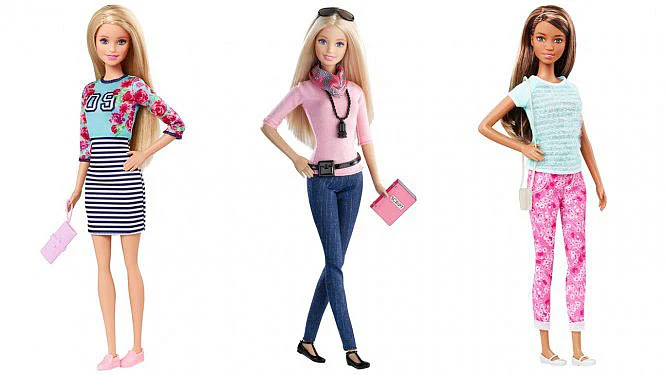Carol Spencer, 90, an early designer for barbie's clothes recently spoke about how the popular doll's clothes evolved through generations. A former children’s wear designer, Spencer helped barbie keep up with the times and she also threw light on the reason behind the unrealistic waist-size of the doll.
In an interview with The Washington Post she said, "We made all kinds of clothes for her to actually wear and for the child to play with in various situations. Each fashion had to have play value. The women’s movement came onboard in the ’60s, and there was the Beatles, Elvis. We followed all of it. Then, in 1972, we wanted to test if children would buy fashions geared toward an occupation."
She also went on to talk about barbie's unrealistic body proportions that would hinder her from walking and the reason behind that, stating:
"When Barbie was designed, Mattel found that to get clothes on that fit like they would on a real person, the designers had to make space to allow for the seams. Barbie is one-sixth the scale of a person with a three-inch waist. It had to be taken down from what they felt would be a “normal” person because when you got a seam at the waistline you ended up with four layers of fabric and she didn’t look right. They had to make the body to wear the clothes that would look right. As the years go by, our figures change, and Barbie’s does too. Hers is becoming more lifelike."
She got candid about how barbie became popular, saying, "In 1977, Sibyl DeWein and Joan Ashabraner wrote the first book on the doll, 'The Collector’s Encyclopedia of Barbie Dolls and Collectibles.' Everyone involved with the doll started reading it, and through it found a whole group of adults who played with the doll when they were children. The Barbie movement really grew out of the book. People started advertising, “Do you collect Barbie dolls? We want to get in touch with you.” These were ads in newspapers! In 1980, the first Barbie convention was held."
(At The Quint, we question everything. Play an active role in shaping our journalism by becoming a member today.)
